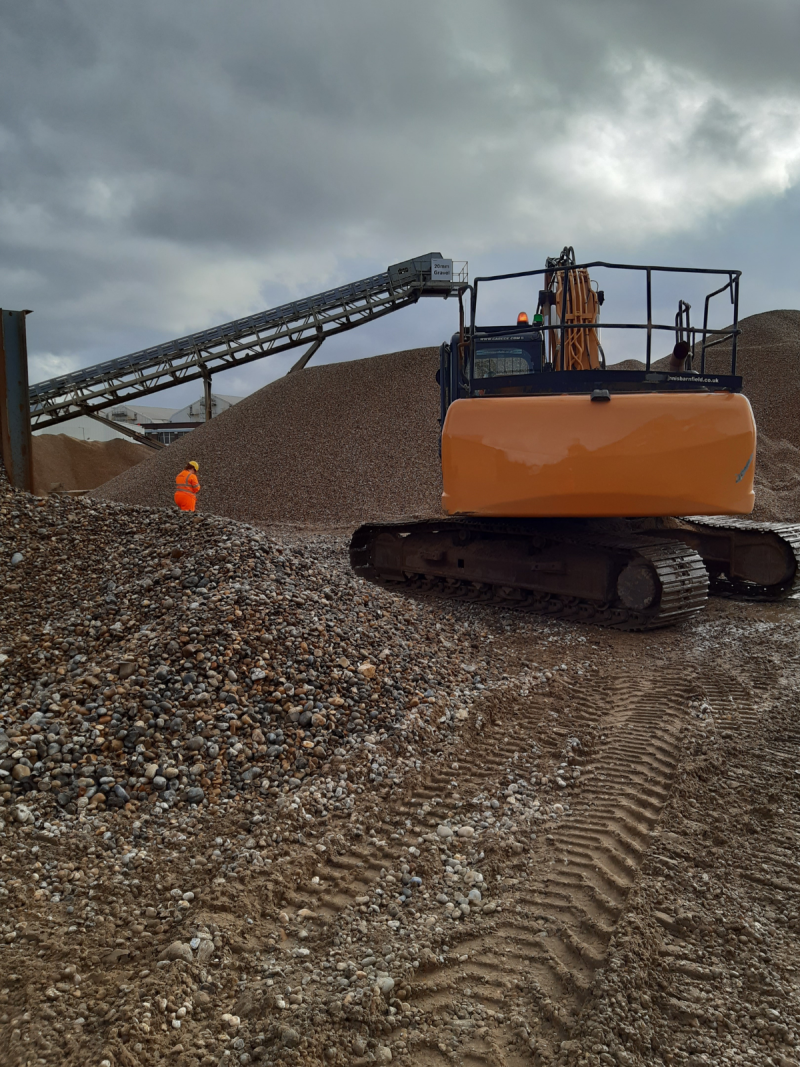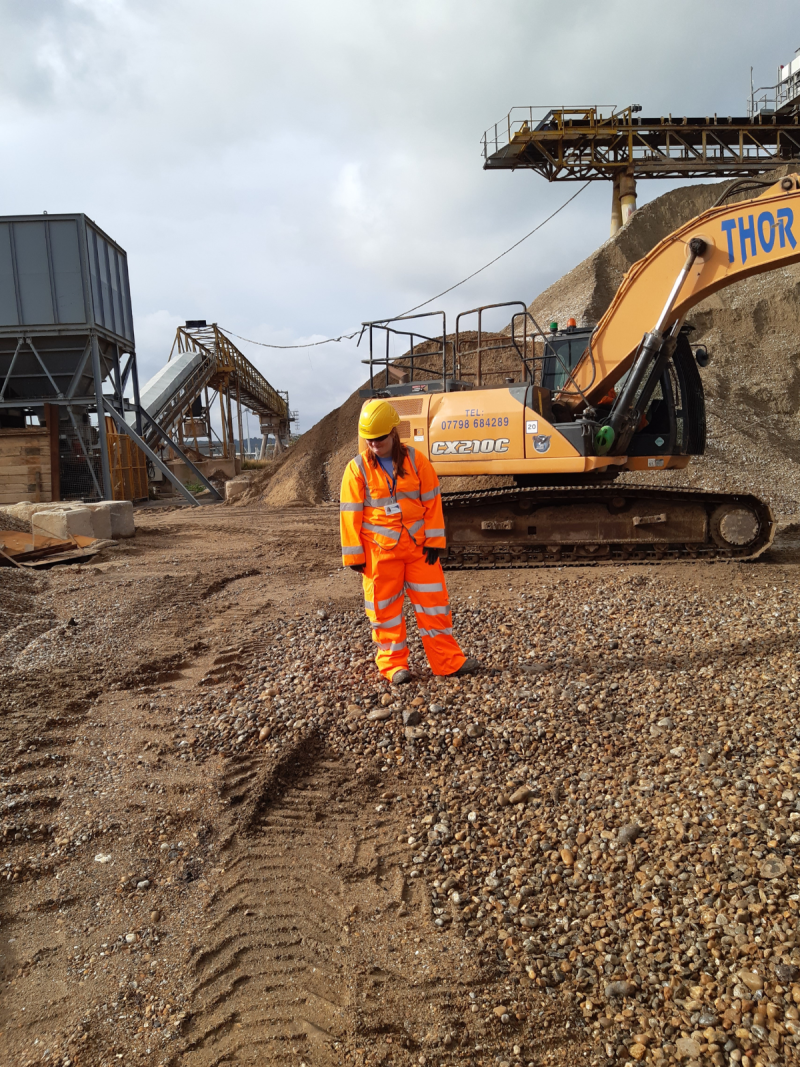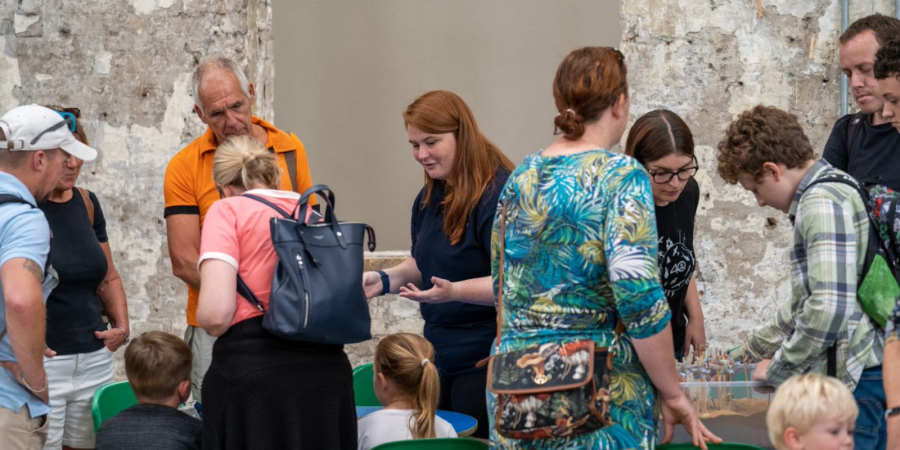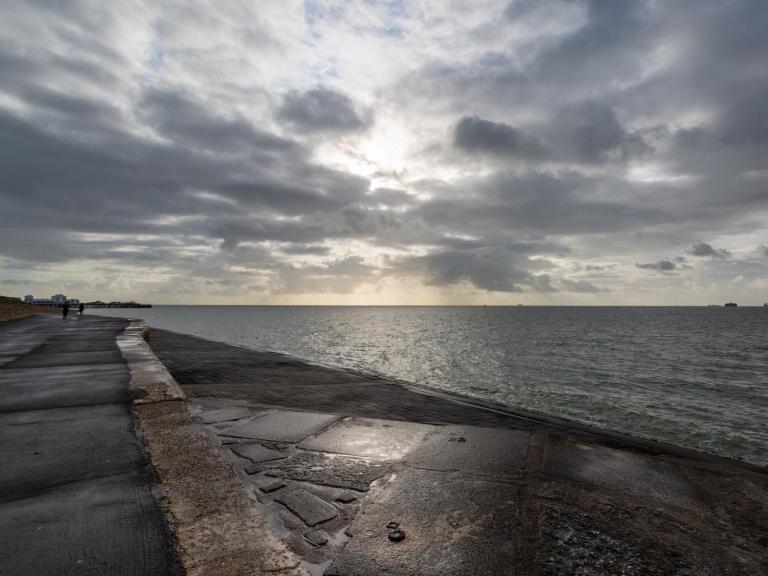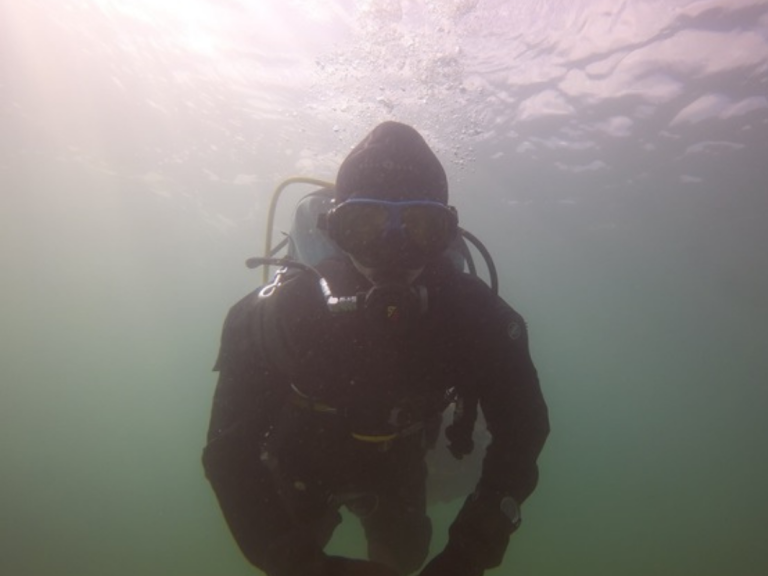We caught up with Amy Lammiman, our current Year in Industry placement student from the University of Southampton to discuss her varied role and the exciting coastal and marine projects she is currently working on.
How did you hear about the placement?
In April this year (during my second year of my BA archaeology degree at the University of Southampton) the Head of Department sent an email to all second-year students to announce that Wessex Archaeology were offering ‘year in employment’ placements for the 22/23 academic year (something rarely offered by commercial archaeology companies to undergrads).
What interests you most about maritime archaeology?
I grew up in Gosport and have been surrounded by maritime history growing up, (many school trips to Portsmouth Historic Dockyard!). I’ve always enjoyed history and learning about archaeology but didn’t consider that I could have a career in archaeology as this wasn’t really mentioned at school. In 2020 I decided to apply to study archaeology at Southampton and learnt so much about the discipline, in particular maritime archaeology. I’ve been able to learn first-hand about the different areas of maritime archaeology from experts in their respective fields, and this has really inspired me to pursue a career in the subject. I love that maritime archaeology is much more diverse than people might think at first; of course, we deal with wrecks of ships, submarines and aircraft but we also investigate prehistoric submerged landscapes, inter-tidal fieldwork, ports and terrestrial sites. I started learning to SCUBA dive at university and hope to continue gaining qualifications so that I can take part in diving fieldwork in the future!
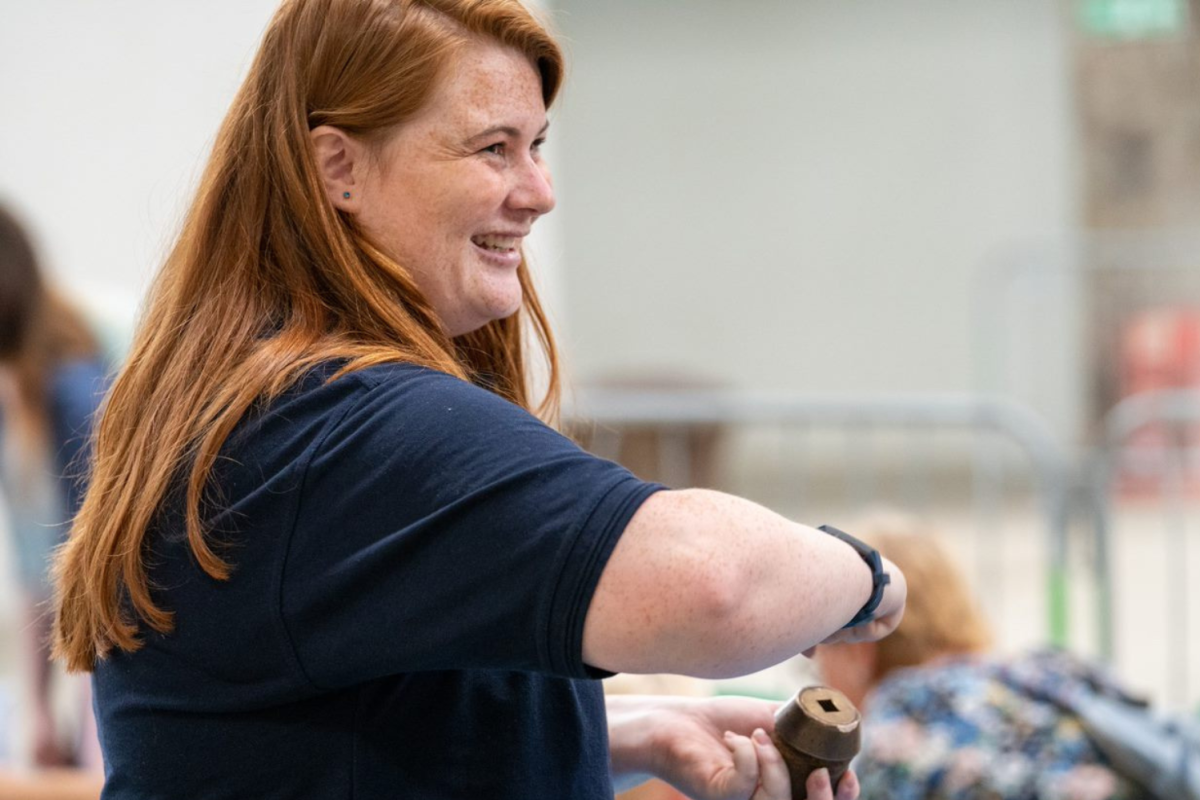
What have you learnt so far from your placement?
I have learnt so much about the different processes in a professional archaeological setting, and how to apply what I have learnt so far at university. In particular, researching and writing reports about the huge array of finds reported through the Marine Aggregate Industry Protocol (MAIAP) have been a great experience so far, and has taught me so much about the processes of writing professional reports whilst also finding out really interesting things about the various objects that are found.
I have learnt about how maritime archaeology is being used to help investigate the past, but also help plan for the future. The discipline is inherently linked to themes such as past climate change and sea-levels changes, but I didn’t realise how much work is done in aiding future developments, in particular the growth of sustainable energy. This is clear to see in work we do for offshore sites such as wind farms or cable routes.
I’ve also learnt about how we interact with the public and the huge array of community engagement events that we do. It’s been so interesting helping out with events and finding out how we can get more people interested in archaeology!
Talk me through a typical day?
Everyday has been slightly different so far, which has been great! Most of the time I’ll travel to Salisbury to work in the Wessex head office at Portway House. There are experts from a number of different strands of marine archaeology based in the Salisbury office, but we also have specialists across the rest of our UK and European offices, as well as working from home. No matter where people are, we’ll regularly have catch-up meetings to chat and see how everyone is doing. After that, I’ll usually be writing up reports for the Marine Aggregate Industry Archaeological Protocol. The Protocol recommends the reporting of archaeological finds discovered through aggregate dredging to Wessex Archaeology, and we’ll then investigate what the finds are (with the help of a long list of specialists) and publish details of those finds. I’ll also publish finds on the Protocol Facebook page and write articles for the bi-annual newsletter ‘Dredged Up’. Otherwise, I might be helping with Written Schemes of Investigations (WSI) or cataloguing research for projects. I’ve also been able to do different types of training courses as well, including flint recognition, GPS and GIS training.
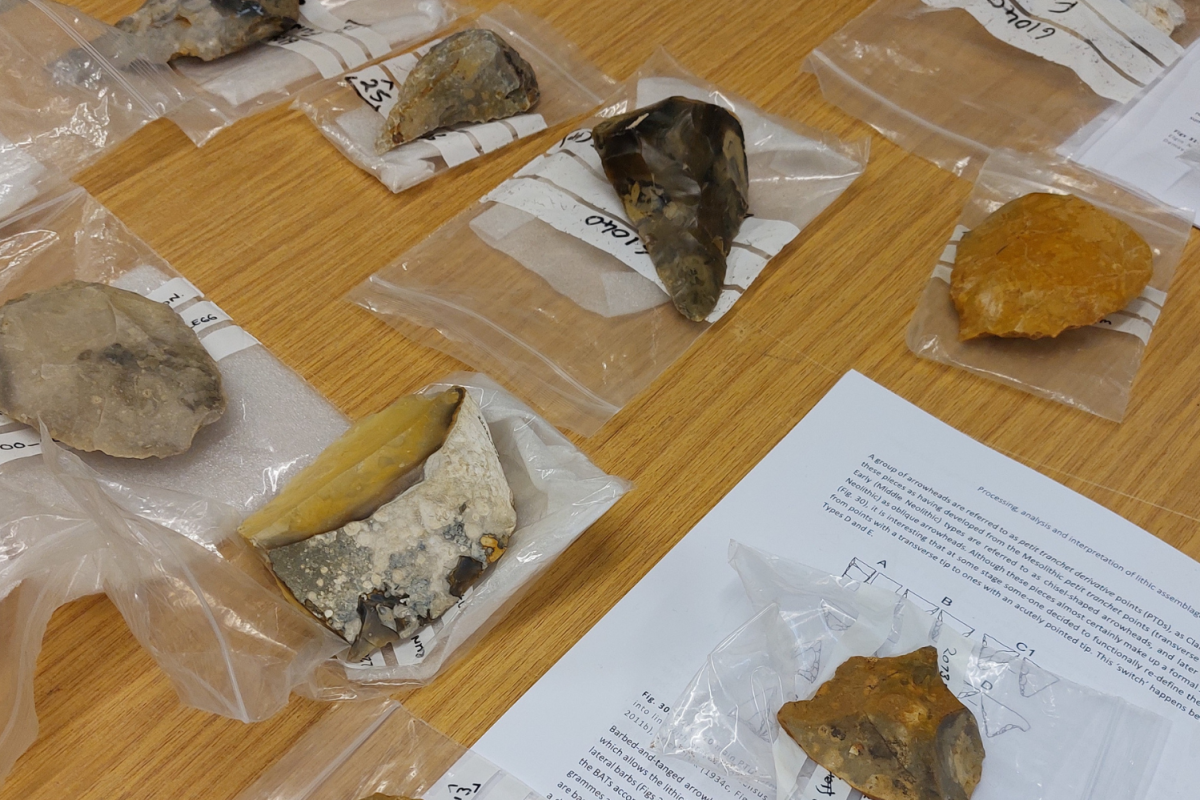
Above: Flint recognition training
Sometimes I’m not in the office as I’m doing fieldwork. So far this has involved conducting operational sampling at aggregate wharfs as part of the MAIAP, but I’ll be doing some more in the future.
Some days I’ll be involved with community engagements events including doing a talk for the Heritage Open days in Salisbury or talking to visitors at Chatham Dockyard. I’ve even be able to go to events to represent Wessex Archaeology, such as the opening of the HMS Agamemnon exhibition at Buckler’s Hard, which we helped compile research for.
Is the placement what you expected?
Yes, and so much more. One thing I didn’t expect was the amount of training and courses I’ve been able to do and have lined up in the future. So far, I’ve received training in how to recognise flints, GPS and GIS and will be doing courses for first aid and personal survival training later on. All these courses are super interesting but will also really set me up for my career after university.
What projects are you currently working on?
-
Marine Aggregate Industry Archaeological Protocol – Carrying out the protocol and additional bits e.g., Social media and Dredged Up Newsletter
-
South Coast palaeolandscapes
-
Aiding WSI’s, scopings and other desk-based assessments
-
Helping out with community engagement events
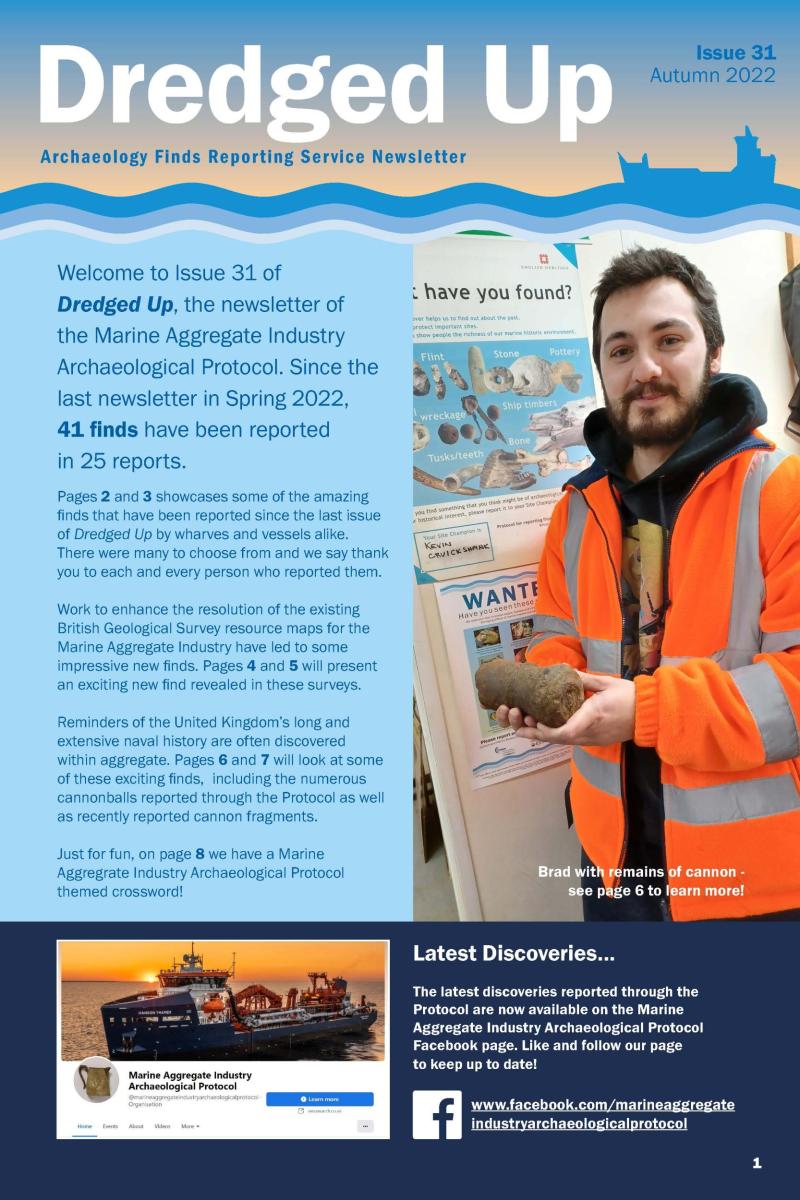
Above: Cover of 'Dredged Up' newsletter that Amy has been working on
What are you enjoying the most?
The range of work that I’ve been doing has been so great, but I have particularly enjoyed researching the finds reported through the MAIAP, (we’ve had cannonballs, bones, munitions, anchors, cannons, flint handaxes etc. Sometimes we get mystery objects that we can’t fully identify, but if anything, this makes it more fun and puzzling!).
Taking part in engagement events has also been great, in particular talking to people who may have an interest in archaeology or know nothing about it at all - yet! After showing them what we do in particular within our coastal and marine work, everyone we’ve talked to has had a new understanding of marine archaeology. It’s always a great moment revealing that they are holding a real cannonball or mammoth bone.
What do you find most challenging?
It was a little bit intimidating going from student to professional with no previous experience. However, this quickly subsided after meeting everyone on the team and getting stuck into projects.
